A couple of years ago I ran across an article online about how to make a homemade lightbox. I spent a Saturday morning putting together a rather large (non collapsible) one that you can see here, along with a few shots I took with it. I didn’t have the space to permanently keep it set up, and it was pretty big and fragile for a closet, so storing it was always a challenge. At some point, I wound up getting rid of it, but still wanted some kind of lightbox for taking nicely lit shots of small to medium size things. This weekend I finally got around to making a bit smaller lightbox (12″x12″) that’s collapsible. The box is held together with velcro strips and now can easily collapse down to be stored without danger to the structure. I recommend something like this for any photographer, it’s one of the cheapest projects you can do and you probably have most of the materials at home already.
Materials used: Tracing paper, cardboard box, sticky back velcro strips (this is probably the most expensive item), marking pen, x-acto knife, razor blade, ruler, scissors, scotch tape, packing tape. The external lighting will only cost you around $10 per 500 watt halogen, and it’s great to have some work lights around the house anyway.
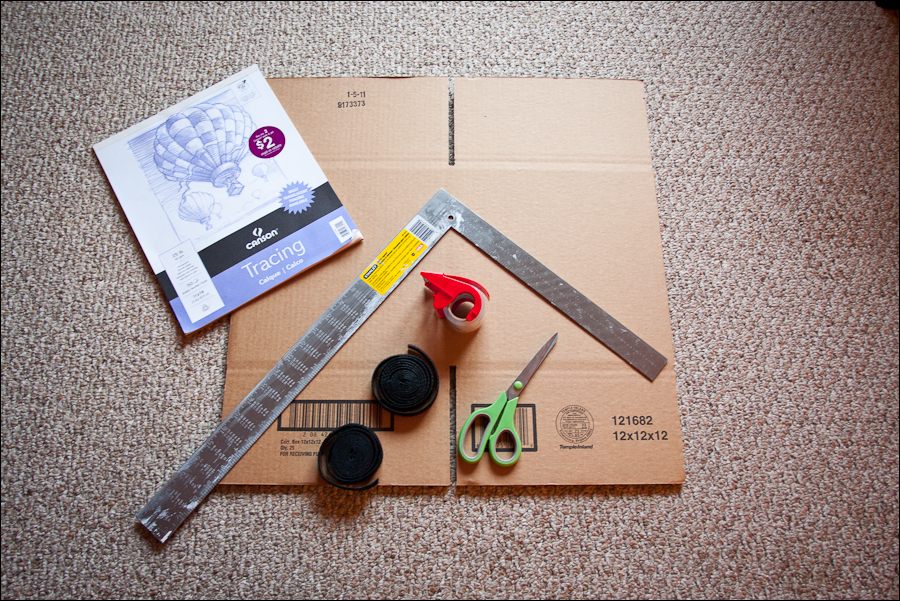
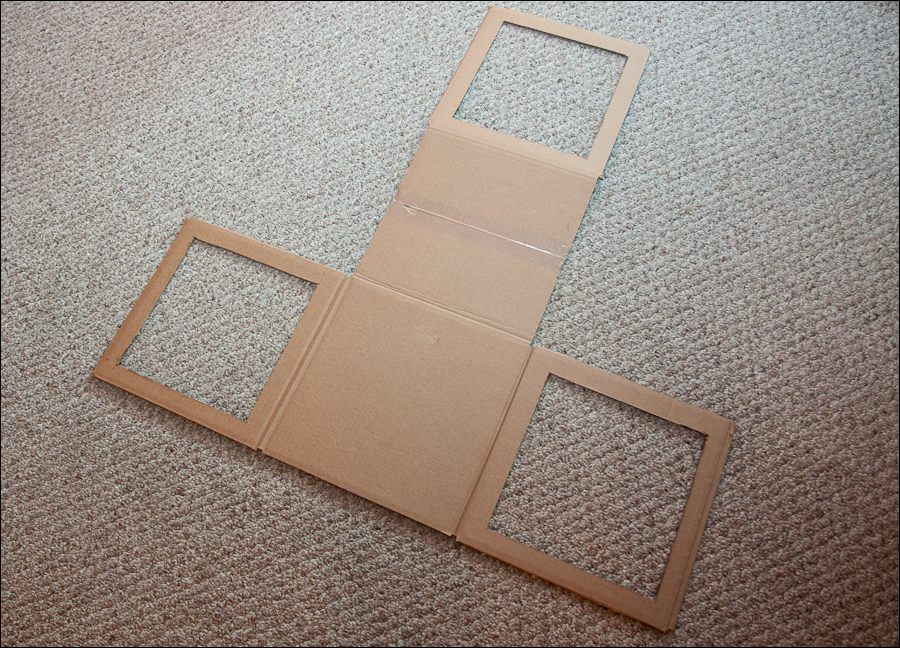
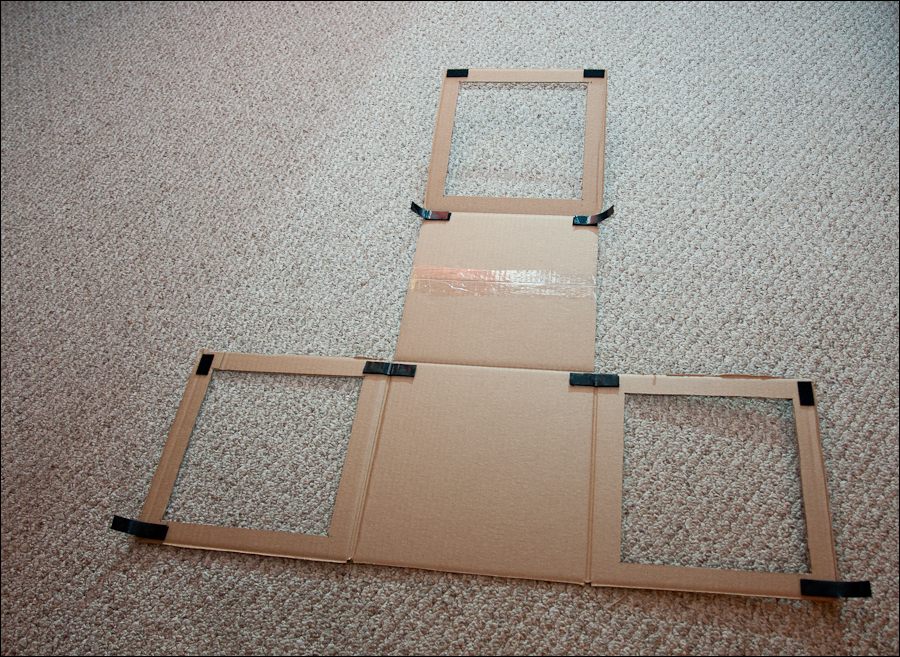
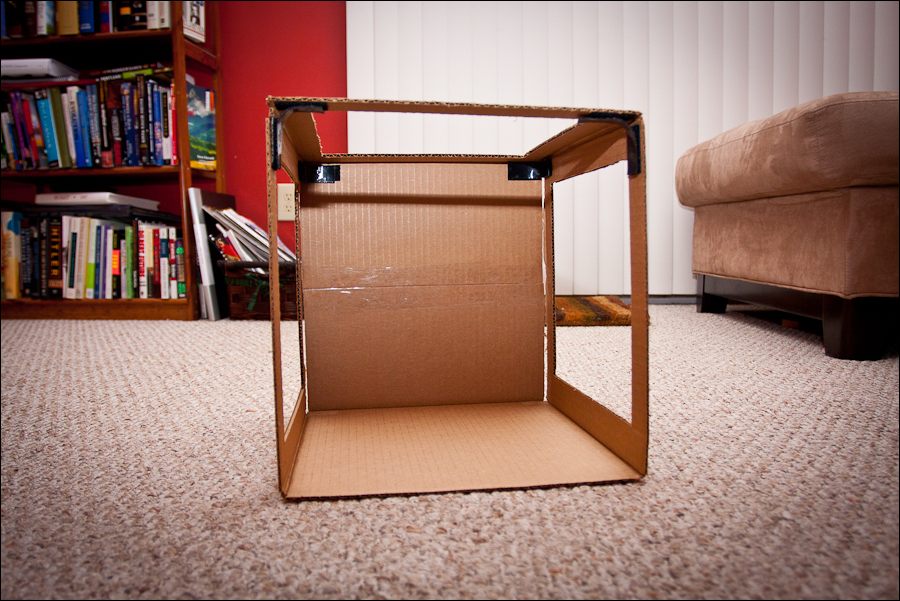
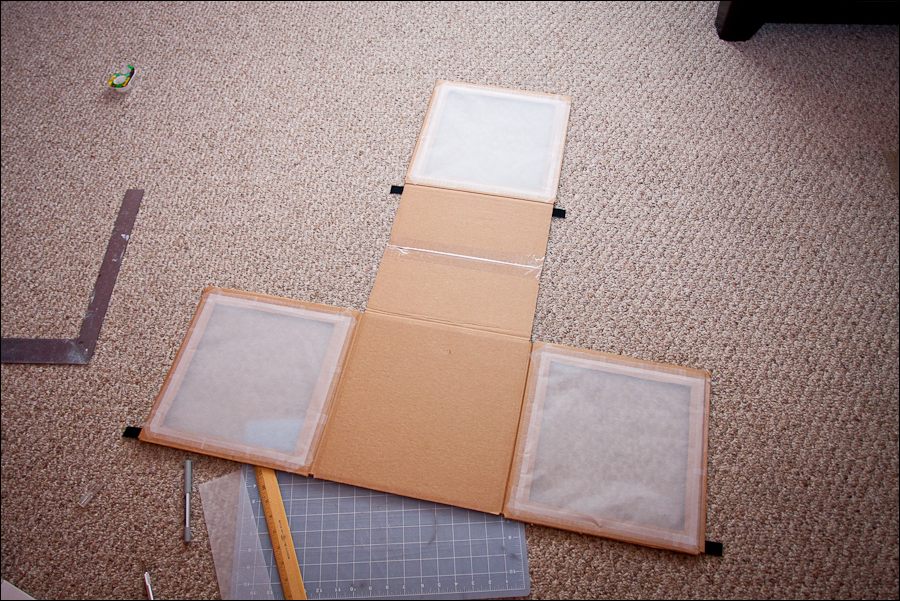
You can see the corners joined here as well as the velcro tab for the background to stay in place.
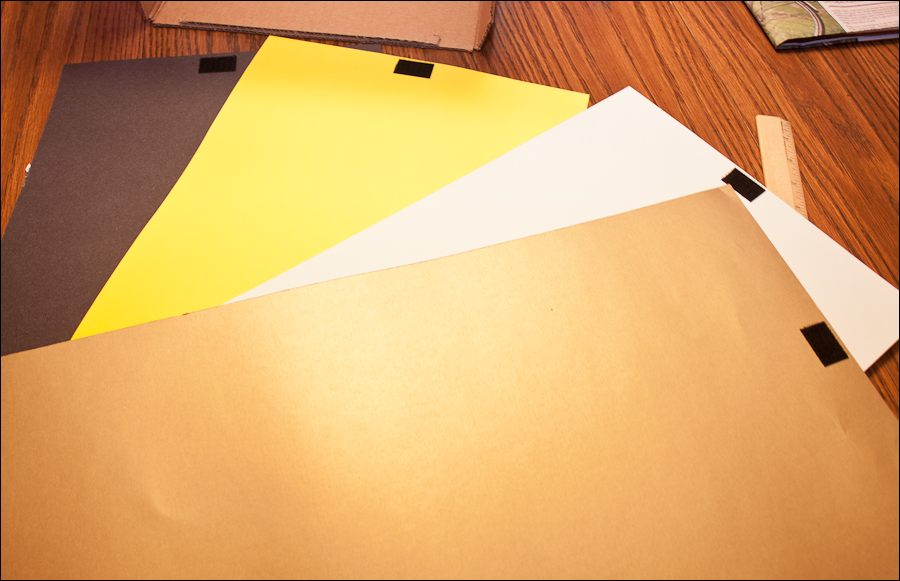
I also added a small strip of cardboard at the front of the box as a “stop”, so the background won’t slide out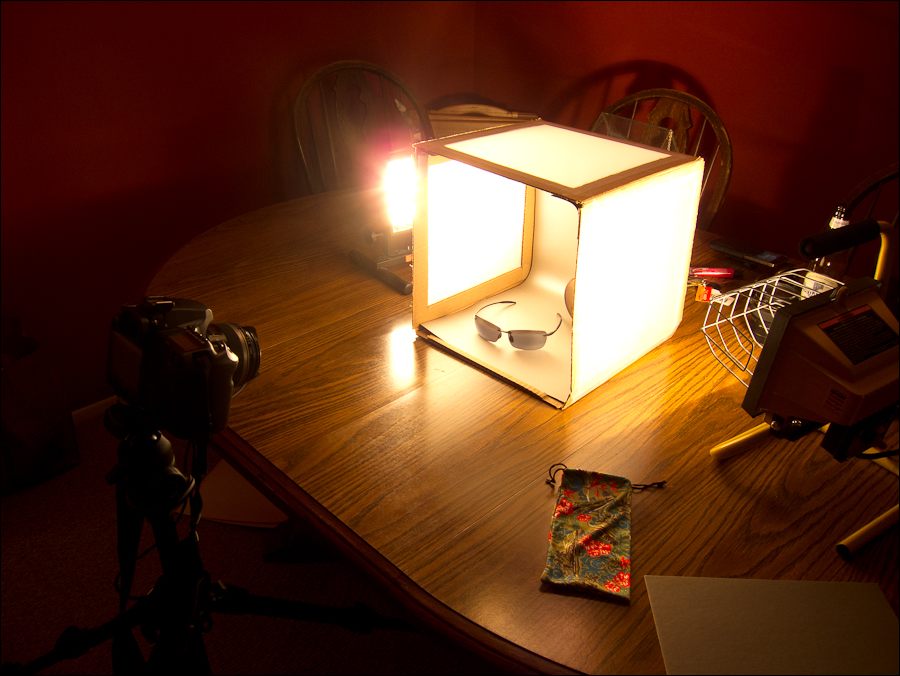
Sunglasses weren’t really the best test subject, they pose a lot of reflection problems, but you get the idea.
Here are a couple more example shots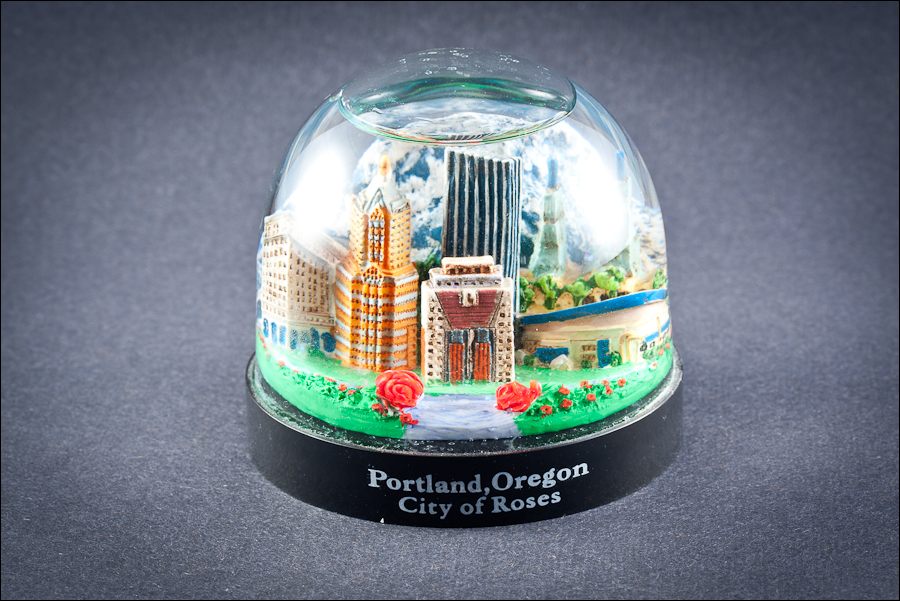
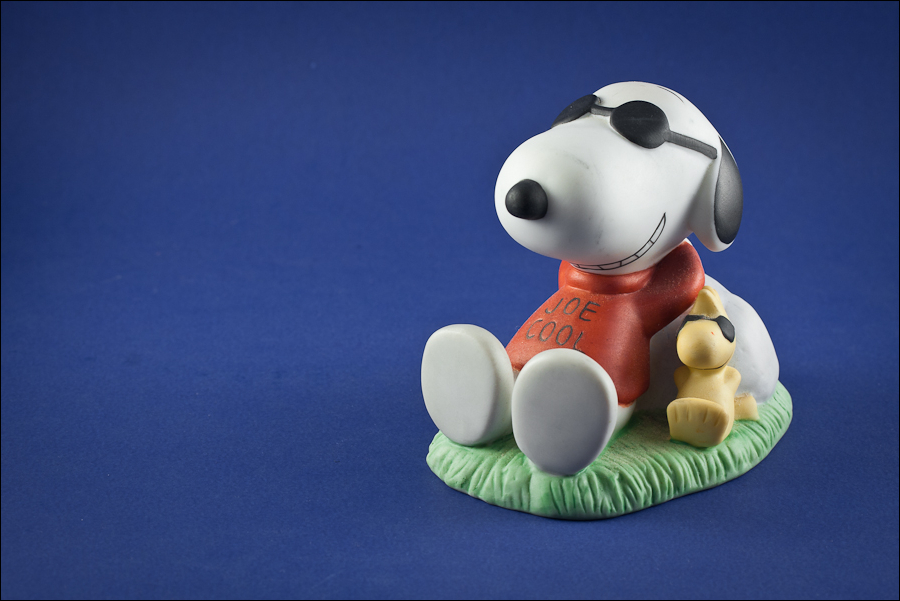
Nice tutorial, I like that it’s collapsible and uses the velcro to stay together.
Thanks, Nick. Truth be told, velcro is much stronger than the sticky connection to the carboard (though, I think with some time that connection gets a little stronger). But, I don’t plan on setting this up and taking it down on a daily basis, so the option to be able to store it flat is a great thing.
I love it! I’m going to make my own, since I always seem to have dog hair and kids toys in the background of my photos. Where do you get the lights, and are your backgrounds poster board, or construction paper? Can I feature you on my blog too? 🙂
Thanks, ChiWei! You can get the lights at Lowes or Harbor Freight. They have some nicer work lights, but the ones I’ve gotten over the past couple of years have been cheap, $10-$11 for a 500 watt light. The one I got at Harbor Freight actually has an on off switch on it, the one from Lowes you just have to pull the plug. Backgrounds are just poster board in different colors. If you get the double sided stuff, you basically get two backgrounds for one (my silver background has gold on the back; the blue has yellow on the back). Depending on the size of things you’d like to photograph, I’d recommend making a larger box. You may have clicked on the link to the flickr set in my post that shows the one I made a couple years ago, which was about 2’x2′. Even in the past day I’ve found 12″x12″ a bit small, except for small objects.
The nice thing is that you don’t need an expensive camera to do this either, it’s all about the light on the object.
Oh, forgot to say that you can, of course, feature me on your blog 🙂
Nice work! I’m curious to see what applications you have for this. I could see someone like ChiWei using it for her diy crafts blog, and I know other people have used it to good effect for photographing items for their eBay stores, but I couldn’t think of a good reason to make one for myself. Maybe you’ll find the application that will get me off my butt to make one.
Yea, I know what you mean. For me, it’s just a fun project. I had used the larger one in past years to take some product shots for eBay, which I think help with sales there. Nicole’s been making some jewelry lately too, so I thought it’d be a great thing to take some little product shots for etsy as well.
Makes sense. I just realized a lightbox may be useful for photographing vegetables that come out of our garden.